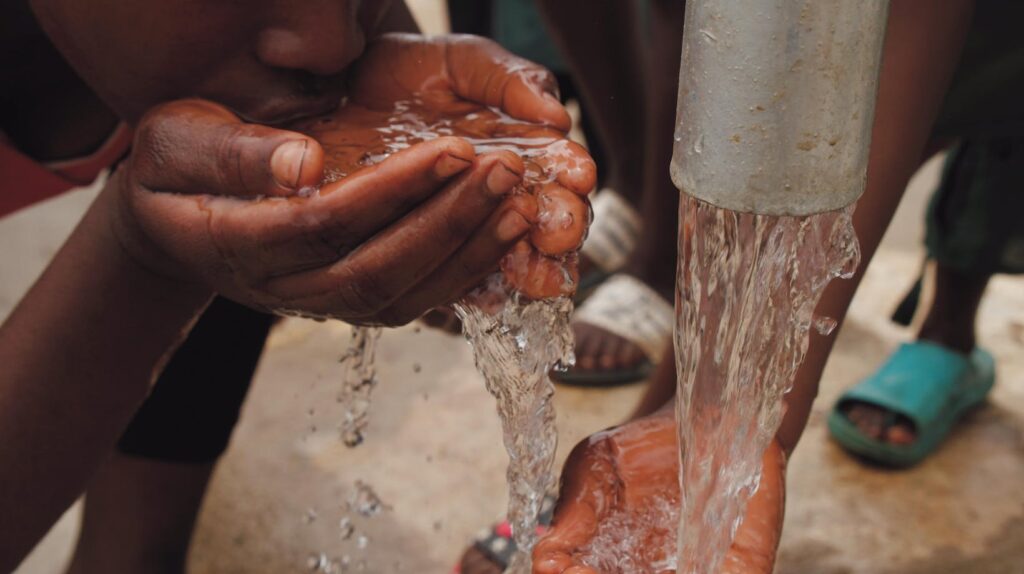
The Dangers of Drinking Non-Potable Water
Drinking non-potable water carries significant health risks that we can’t afford to ignore. This type of water houses various harmful bacteria, viruses, and other microorganisms leading to serious, sometimes deadly, health complications.
An example of the issues tied to non-potable water is waterborne diseases caused by pathogens like Escherichia coli, Salmonella, and Giardia intestinalis. These can result in issues ranging from mild gastrointestinal discomfort to severe dehydration and, in extreme cases, even death. Isn’t it shocking to realize that something as fundamental as water can turn into a health hazard?
But it’s not just about health. Economically, it’s also a burden. Treating illnesses brought about by consuming non-potable water can be expensive. We’re talking about potential medical bills, lost income due to sick days, and relevant treatment costs. It’s a downside that everyone would want to avoid.
Now you might be thinking, “Can’t we just boil or filter non-potable water?” It seems logical, but it’s not a one-size-fits-all solution. Different contaminants need different treatment methods, and some cannot be eliminated at all.
In our next section, we’ll delve into these specific treatment methods, how effective they are, and their limitations. Each of these methods is an important tool in the fight against waterborne diseases, and understanding them can make a significant difference in our health and safety.
Knowing more about the dangers of drinking non-potable water is a must for our health, our safety, and our future. It’s an important subject that we’ll continue to explore, so stay with us as we move forward on this educational journey. Let’s face it; the more we know, the better we can protect ourselves.

Drinking Non-Potable Water Does not Carry Significant Health Risks.
Expanding our understanding of non-potable water finds its relevance in a conversation around health and the environment. Drinking non-potable water can have significant impacts on both these areas.
Health Risks
One must admit, the health risks associated with consuming non-potable water are a grave concern. It’s not just about the mild discomfort of an upset stomach. These waters often carry harmful microorganisms and toxic substances that could lead to serious diseases like cholera, typhoid and hepatitis. Additionally, non-potable water isn’t just a concern when consumed directly. Cooking with such water may still leave harmful contaminants in the food, posing a risk to individuals.
Environmental Impact
The impact of non-potable water stretches beyond individual health. It holds a larger discourse in the environmental conversation. When non-treated water enters our natural water bodies, it adversely affects aquatic life. The chemical substances in the water may harm the algae and aquatic plants, thereby creating a ripple effect on the entire ecosystem.
Releasing non-potable water into the environment also directly affects soil quality, reducing its productivity. Indirectly, this could even impact food security as a whole.
Addressing the issue of non-potable water goes beyond boil advisories and bottled water. It’s in the larger scheme of sustainable living and conservation of resources. By treating and reusing this water when possible, we can offset water scarcity while also reducing the strain on our environment.
How to Identify Non Potable Water
How to Identify Non-Potable Water
Understanding the crucial differences between potable and non-potable water is the first step towards safeguarding our health and environment. Non-potable water is not fit for human consumption as it contains harmful substances and microorganisms. Let’s explore some of the basic methodologies we can employ to discern non-potable water.
Physical and Chemical Characteristics
Assessing water’s physical characteristics is an accessible method for quickly identifying potential non-potable water. Color can offer critical information. Clear water is typically indicative of its potability. However, murky or colored water could signify the presence of unwanted substances and might deem it unsafe for consumption. Smell can also be a robust indicator.
Temperature could also come into play. In certain situations warmer water can foster bacteria and microorganism growth, causing the water quality to deteriorate faster than cooler waters.
Another physical trait to consider is turbidity, or cloudiness of water. High levels of turbidity can reduce the effectiveness of disinfection methods and also indicate the presence of harmful pollutants.
Although the physical characteristics can hint at the water’s potability, a robust chemical analysis is essential for a more reliable conclusion. Chemical analysis involves tests that detect and measure the concentration of various chemical components in the water. These tests can unveil harmful toxins that are not noticeable by human senses.
The World Health Organization provides guidelines on acceptable limits for a vast range of chemicals in drinking water. Regularly comparing results against these standards can ensure that our water supply remains within safe boundaries.
Remember, prevention is always better than cure. Staying vigilant about our water sources and our habits can go a long way in maintaining our health and well-being.










